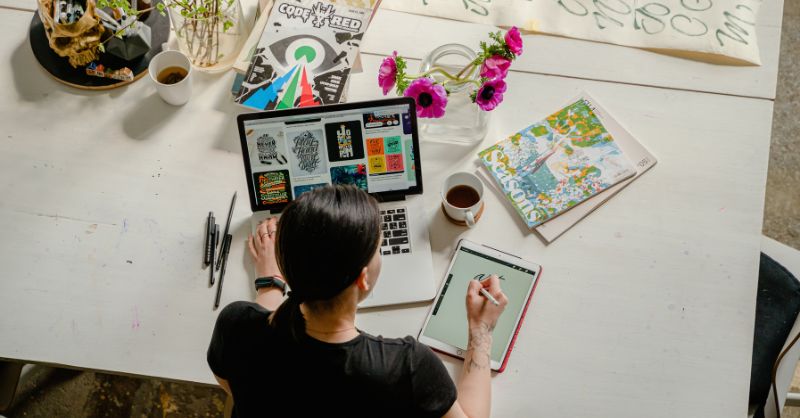5. Seek Out Inspiration
Surround yourself with inspiring graphic design work. Look through design books and magazines. Follow masters of the craft. Peruse company logos, product packaging, posters, websites, and more. Soak in the techniques used to make designs visually appealing and effective. Stay curious. Draw inspiration from unconventional sources too, like nature, architecture, and fashion. The more inspired you are, the more creative your own work can be.
